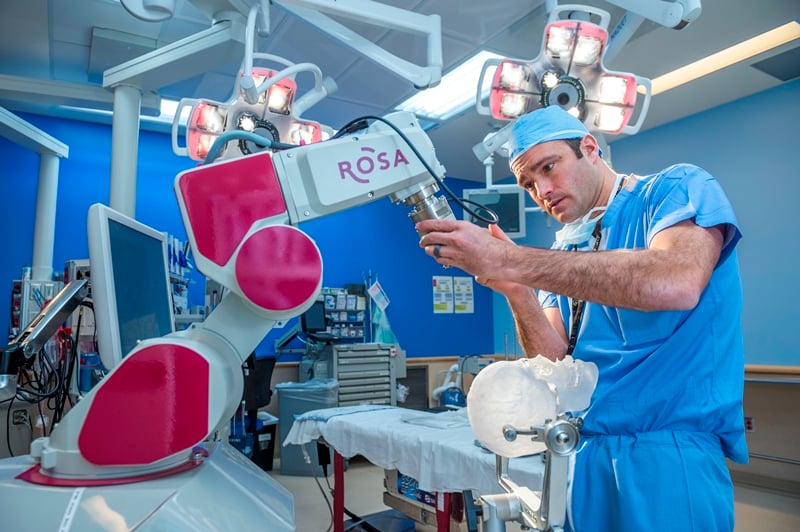- Doctors & Departments
-
Conditions & Advice
- Overview
- Conditions and Symptoms
- Symptom Checker
- Parent Resources
- The Connection Journey
- Calm A Crying Baby
- Sports Articles
- Dosage Tables
- Baby Guide
-
Your Visit
- Overview
- Prepare for Your Visit
- Your Overnight Stay
- Send a Cheer Card
- Family and Patient Resources
- Patient Cost Estimate
- Insurance and Financial Resources
- Online Bill Pay
- Medical Records
- Policies and Procedures
- We Ask Because We Care
Click to find the locations nearest youFind locations by region
See all locations -
Community
- Overview
- Addressing the Youth Mental Health Crisis
- Calendar of Events
- Child Health Advocacy
- Community Health
- Community Partners
- Corporate Relations
- Global Health
- Patient Advocacy
- Patient Stories
- Pediatric Affiliations
- Support Children’s Colorado
- Specialty Outreach Clinics
Your Support Matters
Upcoming Events
Mental Health Town Hall
Tuesday, April 23, 2024Join Children’s Hospital Colorado pediatric experts for a virtual...
-
Research & Innovation
- Overview
- Clinical Trials
- Q: Pediatric Health Advances
- Discoveries and Milestones
- Training and Internships
- Academic Affiliation
- Investigator Resources
- Funding Opportunities
- Center For Innovation
- Support Our Research
- Research Areas

It starts with a Q:
For the latest cutting-edge research, innovative collaborations and remarkable discoveries in child health, read stories from across all our areas of study in Q: Advances and Answers in Pediatric Health.


Using SEEG to Map Seizures
We provide comprehensive care for developmental and nervous system disorders ranging from complex neurosurgery to cognitive and behavioral counseling.


What is stereoelectroencephalography (SEEG)?
Neurosurgeons at Children's Hospital Colorado use stereoelectroencephalography (SEEG) to identify the source of a child's seizures in their brain. A child may be recommended for SEEG when their seizures don't respond to medicine or other treatments, and other tests suggest that the seizures are coming from a single area of the brain.
SEEG is a minimally invasive procedure that uses sophisticated technology to implant up to 20 electrodes (0.8mm in diameter) through small holes in the skull (about the width of a piece of spaghetti) into the tissue of the brain.
The electrodes monitor a child's seizures and help pinpoint where they begin. Once the source is located, the electrodes are taken out. Your child's doctor then may recommend surgery to remove the identified tissue.
Meet ROSA, our robotic operating surgical assistant
The neurosurgeons in our Neuroscience Institute use a state-of-the-art surgical tool called a robotic operating surgical assistant (ROSA) to perform SEEG and other brain surgeries and procedures.
By using ROSA's sophisticated software, our surgeons can perform operations more precisely and quickly due to the advanced image-guided surgical planning.
Benefits of the SEEG operation
- Because SEEG is a minimally invasive procedure that doesn't require a large incision, the risk of infection is lower and patients experience less pain. Patients also need less pain medicine during recovery from this procedure.
- SEEG is completed in a shorter amount of time than other methods, which allows your child to come off anesthesia sooner.
- ROSA's mapping capabilities help our surgeons target areas of the brain with pinpoint precision. Using ROSA increases the accuracy of electrode placements.
What can patients and families expect from SEEG
Preparing for the SEEG procedure
Your child's care team helps both you and your child get ready for the procedure. Our neurosurgeons explain what SEEG is in an age-appropriate manner, which helps the whole family understand what to expect.
The day of surgery
Once your child is admitted to Children's Colorado on the day of their surgery, they may have a CT study (also known as a CAT scan) and additional lab work completed. Families also meet with a pediatric anesthesiologist to learn about the sleep-like state that keeps your child pain-free during the procedure.
During the SEEG
- Once in the operating room, your child is put under anesthesia and enters a sleep-like state.
- In the weeks leading up to surgery, the neurosurgeon, epilepsy doctors and other members of the epilepsy team use information gathered throughout the surgery work-up to make an individualized plan for your child. They also use ROSA's sophisticated computer software to plot where to place the electrodes.
- The neurosurgeon places a grid of small markers (called fiducials) on the patient's head. These create a map that ROSA uses to find the coordinates of where to place the electrodes.
- During the operation, ROSA's robotic arm moves precisely to the location and direction of the planned electrode, giving the surgeon a steady, accurate guide through which to place the electrode.
- After the electrodes are placed, your child will go to our Pediatric Intensive Care Unit (PICU) for close monitoring during the initial hours after surgery. We will notify you before your child wakes up from anesthesia so you can be there with them.
After the procedure
Patients keep the SEEG electrodes in until a seizure(s) is recorded (usually one week). The team may also send electricity into the electrodes to map out the functions of nearby brain areas. As soon as the epilepsy team has the information they need, the electrodes are removed, which is a quick procedure.
Our epilepsy specialists review the information collected by the electrodes to see if surgery is the right option for your child. Before you leave, your child's care team shares the results with you and provides a recommend action plan.
If epilepsy surgery is suggested, your child will return to the hospital at a later date to discuss the best surgical approach for your child.
Who's eligible for SEEG?
Your child may be eligible for SEEG if:
- Seizures haven't responded to medicine or other medical treatment.
- They are a candidate for epilepsy surgery.
- The source of the seizures is not fully known.
Why choose Children's Colorado's Epilepsy Program for SEEG?
Advanced SEEG technology
Our Neuroscience Institute is the only children's hospital in the region that is using ROSA and SEEG.
SEEG is a minimally invasive surgical tool that allows neurosurgeons at Children's Colorado to produce more accurate seizure recordings in a shorter amount of time than traditional methods. Our surgical team is always striving to improve the care we provide to children.
A Level IV Epilepsy Center
According to the National Association of Epilepsy Centers (NAEC), Children's Colorado is a Level IV Epilepsy Center. That means our Epilepsy Program provides the highest quality of care for patients with complex health needs. Our program provides complete care for children with epilepsy from evaluation to surgical treatments.

Compassionate care, wherever you are
We’re here when you need us. Telehealth appointments are available across every specialty, so you can get the high-quality care we’ve always offered from the comfort, privacy and convenience of home.
See if telehealth is right for you



 720-777-0123
720-777-0123



